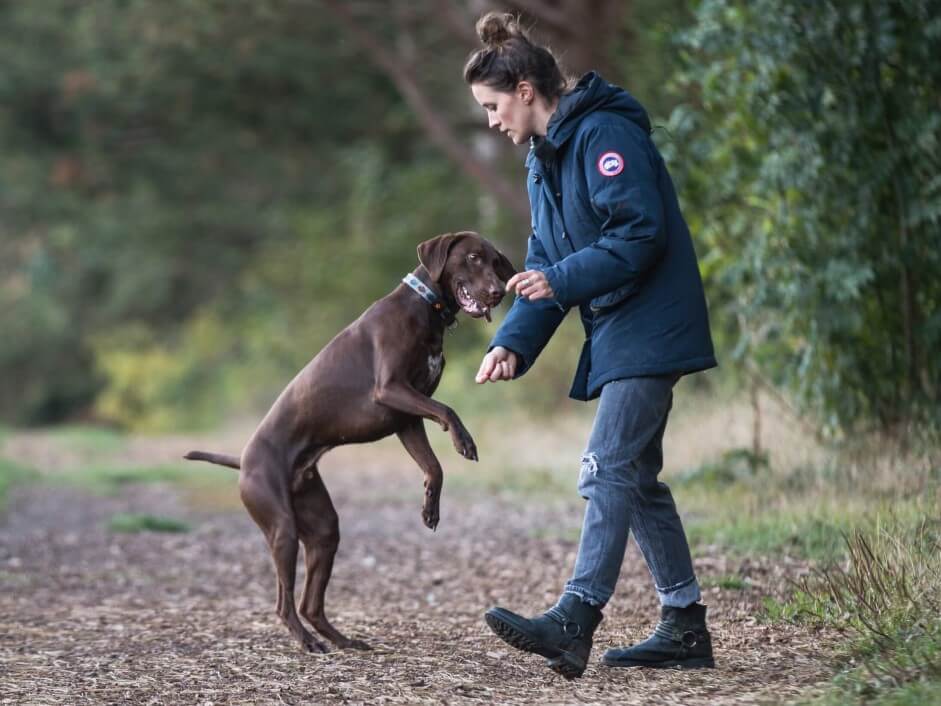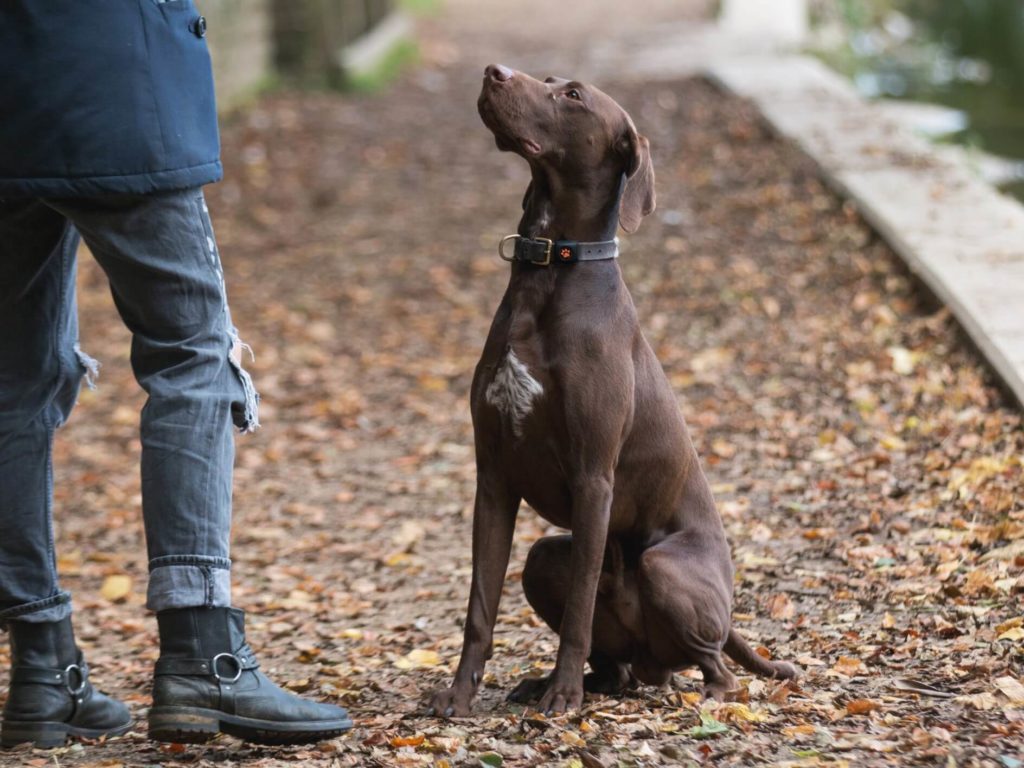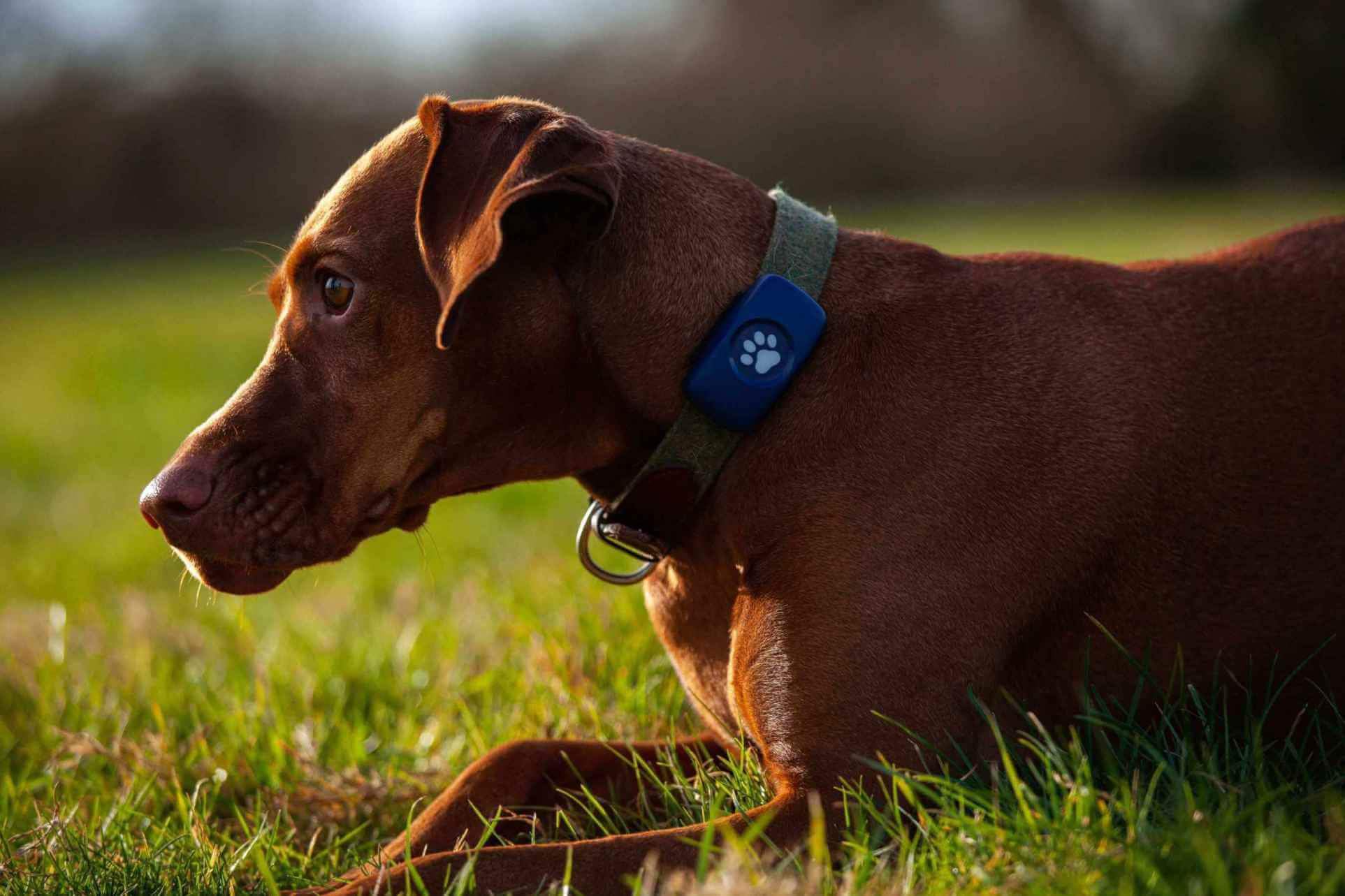Competitive Dog Obedience: Everything you need to know?
If you’re a dog owner, you probably know that training your dog takes a lot of hard work and patience. But did you know that obedience training is also a competitive sport? It allows dogs and their owners to showcase their teamwork, precision and communication skills and progress through different levels, from introductory to championship. But what does it take to compete in this sport, and how do you get started?
What is competitive obedience training?
Competitive obedience training is a dog sport that assesses your dog’s ability to perform a series of exercises with precision and obedience. It began its life as a way to evaluate working dogs and has evolved into a popular competitive sport that is participated in around the world.
How do you get started in competitive obedience training?

Getting ready to compete takes a lot of patience and dedication, but it should also be fun. So take a moment to think about if it will suit you and your dog. You should consider their temperament, your bond with them and whether they’ll enjoy the process.
An excellent way to do this is to see how they respond to some basic obedience training. Work on strengthening the core skills of sit, stay, come and heel first before looking at how they’ll come together for competition. You could see if any classes or workshops near you are specifically designed to prepare you for competitive obedience.
If you’re sure this is the sport for you and your dog, you’ll want to ensure you understand the competition rules and the techniques you need to learn. This can be achieved by attending classes or finding a certified obedience trainer to help you.
Then all that’s left to do is practice, practice, practice. But remember, training is physically and mentally tiring for your dog, so keep sessions short and sweet. And don’t forget some dogs love to please their humans, so they may not always be able to stop even though they’ve had enough. But if you put a PitPat Dog GPS Tracker on their collar, we’ll be able to give you an exercise goal tailored to their age, breed and weight, so you can make sure you’re getting the balance right.
What are the benefits of competitive obedience training?
Aside from the fact that competitive obedience training is good for your dog both physically and mentally, there are many other benefits too.
You develop a deeper connection with your dog. As you work through more complex and precise behaviours, you will better understand your dog, strengthening the bond between the two of you.
It increases your dog’s level of socialisation. Obedience training, as well as the competitions themselves, are a great place for socialisation interactions to happen. These environments are naturally more controlled than a chance meeting down the park, which makes them perfect for building positive experiences.
It gives your training a focus. Training is something dog owners work on frequently, but having a competition coming up will give you a goal to work towards.
What exercises are used in competitive obedience training?

There are a set number of exercises that need to be performed, and these increase in complexity through the different levels. They can include:
Formal recall. This is where your dog waits for you to walk away and halt, then comes back to you when you call, sitting in front of you and beside your left leg.
Formal retrieve. Your dog waits at your left side while you throw something for them until you tell them to fetch it. They then come back and sit in front of you, holding the item, which you take before asking your dog to sit beside your left leg.
Heelwork. Your dog sits at your left side and then walks close to your left leg in a series of different directions, ending with them sitting at your left side.
Send-away. Your dog waits on your left side before running straight to a marked area. Then they lay down as you walk as instructed by the ring steward before you call your dog to your left side, continuing with heelwork until you’re asked to stop.
Scent. Your dog needs to find and bring back a cloth with a scent on it. They will need to ignore other cloths and find the correct one.
Stay. Your dog stays in a sit position until asked to stop. They will then stay in a down position until asked to stop.
Distance control. Your dog waits at the designated area as you move away. Then once you reach a certain point, you instruct your dog to move from one position to another until they have done this six times.
What dog breeds are suitable for competitive obedience training?
The great thing about competitive obedience training is that it’s open to all breeds, including mixed breeds and all sizes of dogs too. You might notice that breeds such as Border Collies, Golden Retrievers, and German Shepherds do particularly well as they’re naturally intelligent and easy to train. If you don’t have one of these breeds, though, it doesn’t matter, as any dog with the right temperament, motivation and willingness to work has the chance to excel.
Can dogs of any age participate in competitive obedience training?
Dogs of any age can compete, but it’s essential to consider your dog’s physical ability and attention span. Most dogs will start at a young age as it allows for early socialisation and foundation building of the skills needed. But with proper training and patience, older dogs can still perform well too.
Embarking on the journey of competitive obedience training with your dog will be hard work but also immensely rewarding. The important thing is to have fun and always put your dog’s health and well-being first. And with PitPat, that’s simple. Just pop a PitPat GPS on your dog’s collar; it will track your dog’s location while you hone that recall and give you all the insights into their exercise that you need as you train.



